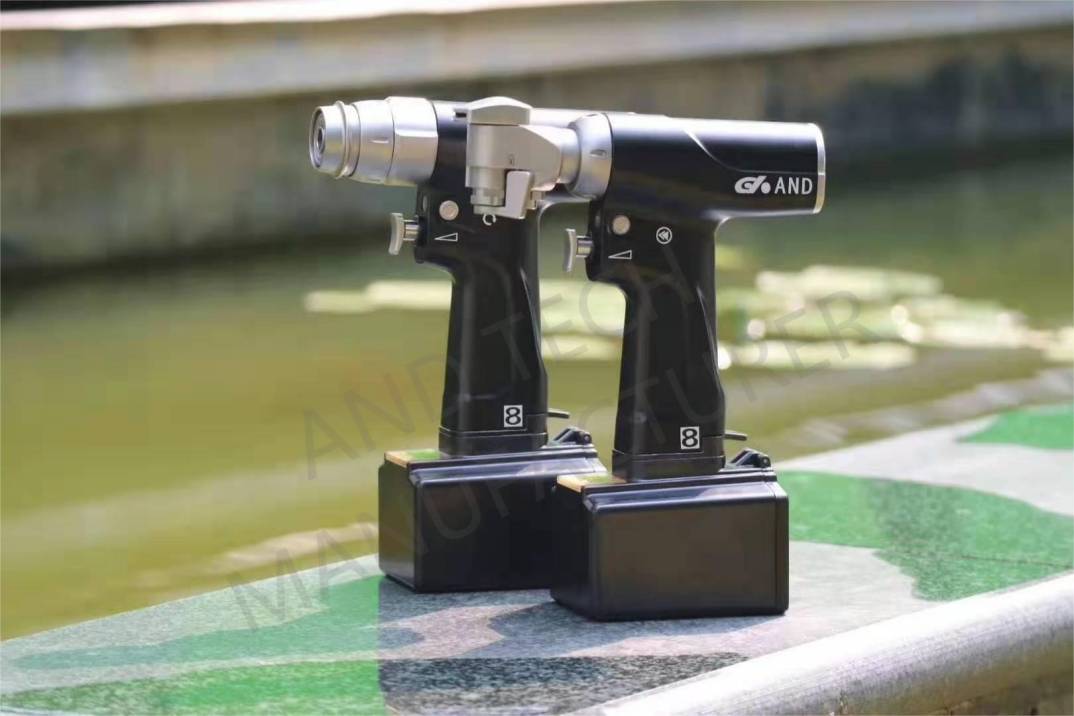As skiing, ice skating and other sports have become popular sports, the number of patients with knee injuries, wrist fractures and other diseases has also increased significantly. Any sport has certain risks. Skiing is indeed fun, but it is also full of challenges.
"The end of the ski trail is orthopedics" is the hot topic during the Beijing 2022 Winter Olympic Games. Ice and snow sports enthusiasts may accidentally suffer acute injuries such as ankle sprains, joint dislocations, and muscle strains during exercise. For example, on short track speed skating venues, some skating enthusiasts often fall and hit due to body contact, resulting in shoulder dislocation and acromioclavicular joint dislocation. In these emergency situations, it is extremely important to master the correct injury treatment method, which not only helps to prevent the aggravation of the injury and accelerate the recovery, but also can prevent the acute injury from developing into the chronic injury.
The most common ankle injury in sports is the lateral ankle sprain, and most ankle sprains involve injuries to the anterior talofibular ligament. The anterior talofibular ligament is a very important ligament that plays an important role in maintaining the basic anatomical relationship of the ankle joint. If the anterior talofibular ligament is injured, the ability of the ankle joint to move will be greatly reduced, and the harm will be no less than that of an ankle fracture.

Usually an acute sprain of the ankle joint requires an X-ray to rule out a fracture. Acute simple ankle sprains without fractures can be treated conservatively.
The current recommendation for conservative treatment is to follow the "POLICE" principle. which is:
Protect
Use braces to protect ankle joints. There are many types of protective gear, the ideal should be inflatable ankle boots, which can protect the injured ankle well.
Optimal Loading
Under the premise of fully protecting the joints, proper weight-bearing walking is conducive to the recovery of sprains.
Ice
Apply ice every 2-3 hours for 15-20 minutes, within 48 hours of injury or until swelling subsides.
Compression
Compression with an elastic bandage as early as possible can help reduce swelling. Be careful not to tie it too tightly, otherwise it will affect the blood supply to the affected foot.
Elevation
Keep the affected foot elevated above the level of the heart, whether sitting or lying down, to further relieve swelling.
6-8 weeks after ankle sprain, arthroscopic minimally invasive ankle surgery is recommended if: persistent pain and/or joint instability or repeated sprains (habitual ankle sprain); magnetic resonance imaging (MRI) suggestive of ligamentous or cartilage damage.
Contusions are the most common soft-tissue injury and are also common in ice and snow sports, mostly due to blunt force or heavy blows. Common manifestations include local swelling and pain, bruising on the skin, and severe or even limb dysfunction.
Then for the first aid treatment of contusions, ice compresses should be given immediately once the movement is limited to control swelling and soft tissue bleeding. Minor contusions only need partial braking, rest, and elevation of the affected limb, and the swelling can be quickly reduced and healed. In addition to the above treatments for severe contusions, topical anti-swelling and analgesic drugs can also be applied, and non-steroidal anti-inflammatory drugs can be taken orally.
Fractures occur for three main reasons:
1. The force directly acts on a certain part of the bone and causes the fracture of the part, often accompanied by different degrees of soft tissue damage.
2. In the case of indirect violence, fracture occurs in the distance through longitudinal conduction, leverage or torsion. For example, when the foot falls from a height while skiing, the trunk flexes forward sharply due to gravity, and the vertebral bodies at the junction of the thoracolumbar spine may undergo compression or burst fractures.
3. Stress fractures are fractures caused by long-term stress acting on the bones, also known as fatigue fractures. The most common manifestations of fractures are pain, swelling, deformity, and limited mobility of the limb.
Generally speaking, fractures that occur during sports are closed fractures, and targeted emergency treatment mainly includes fixation and analgesia.
Adequate analgesia is also an important management measure for acute fractures. Fracture immobilization, ice packs, elevation of the affected limb, and pain medication can all help reduce pain. After first aid treatment, the injured should be transported to the hospital in time for further treatment.
In the winter sports season, everyone must be fully prepared and pay attention to avoid accidents and injuries.
Professional instruction and training is required before skiing. Wear professional protective equipment that fits you, such as wrist, elbow, knee and hip or hip pads. Hip pads, helmets, etc., start with the most basic movements and perform this exercise step by step. Always remember to warm up and stretch before skiing.
From the author: Huang Wei
Post time: Feb-15-2022






